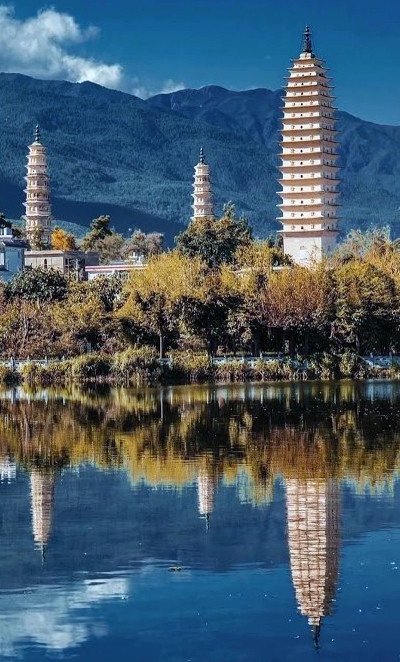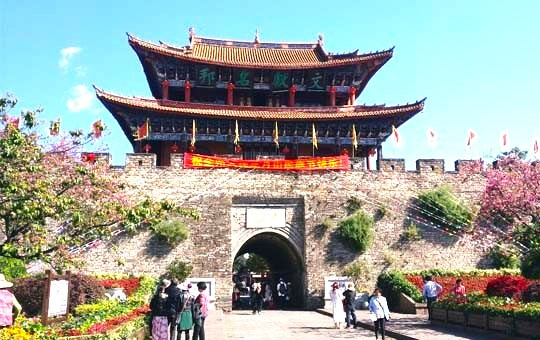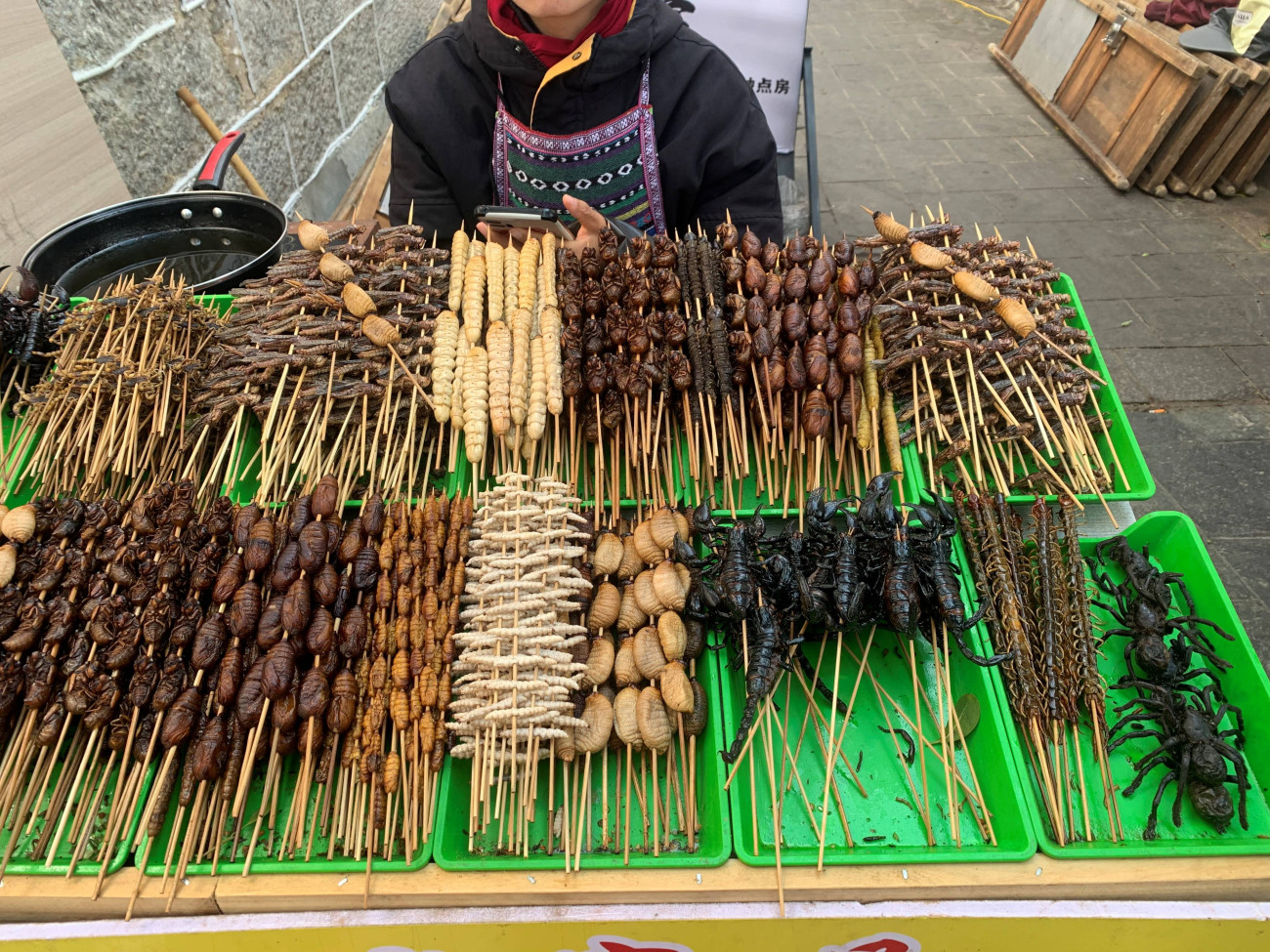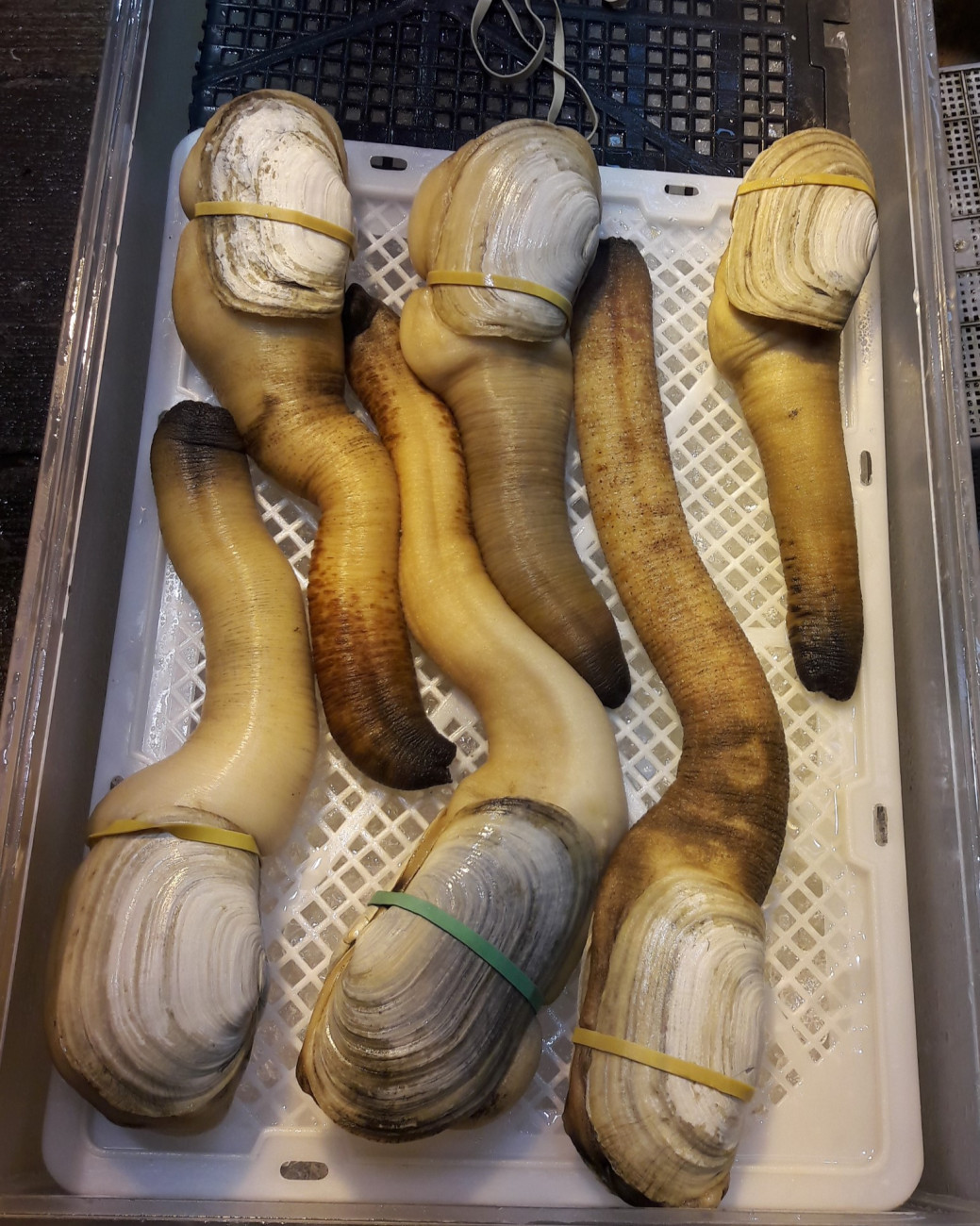
Dali, population 700,000, is a small city in Chinese terms, sits roughly in the middle of Yunnan province, southwest China, which borders Tibet, India, Myanmar, Laos and Vietnam and is a land of mountains, lakes and plateaus, with peaks 18,000 ft (5,500m) high and the source of the mighty Salween, Mekong and Yangtse rivers.
Because of its low latitude and high altitude Dali has a subtropical highland climate, with comfortably warm summers and short, mild dry winters. It has only 4.1% China’s land area, but half of its plant and animal species. Its flora ranges from tropical to temperate and its abundant wildlife includes elephants, bears and monkeys. The best time to visit is probably March. It's cherry blossom time and the mountains are aflame with azalea. The climate is good, with rain unlikely and all you need is a jumper at night. But it is pleasant enough all the year round, rarely exceeding 30C in summer or getting below zero in winter.
Dali is located around Lake Erhai (Ear Sea), so called because it is allegedly shaped like an ear and because the Mongols thought it was the sea when they first saw it. It is surrounded by mountains, on one side the Cangshan range of 19 peaks over 11,500 ft (3,500 m), with the highest at 13,523 ft (4,122m). Dali itself lies at 6,500 ft (2,000m) above sea level.
Most Chinese identify as Han, by far the biggest ethnic group in China. But not all Chinese are Han. There are numerous other ethnicities, like Korean, Turkic, Mongol, Thai and Tibetan. Dali is home to the Bai people, of which there are about two million. Bai means white, and this is reflected in their clothes and style of their houses. From what we saw, they are friendly and welcoming. The Bai people hold a festival in March, between the fifth day and twenty-first day of the third lunar month, to celebrate Bai traditions. The ceremony takes place by Dali Old Town's western gate. This is followed in April by the Butterfly Feast, held at the Butterfly Spring, where Bai boys and girls throw stones into the spring and sing songs in the hope of attracting a lover.

Dali also has a large Muslim minority, but we were told that they were ‘very mild’ and ‘just like us’ (Han) and cause no trouble, unlike that lot in Xinjiang (the Uyghurs). From what we saw they were well-integrated and content. Most of the people in Dali are, however, Han from all over China, especially the north, come to escape the cold. It has a large student population and attracts dropouts and ‘hippy’ types as well as tourists and so has a relaxed, easy-going atmosphere. There is plenty do, and some lively night life, with several bars and restaurants offering live music.
The attractive Old Town has retained much of its traditional architecture, with many houses built in the Bai style, with white walls and painted murals. It is also chock-a-block with reasonably priced restaurants. Two can eat well on ¥200 (£22) a day. We looked at several good hotels ranging from ¥460 to ¥800 (£53 to £92) a day, the latter a large two-bedroom suite. If you go to Dali and would like tips on hotels, let me know in the comments and I’ll be happy to oblige. (The Chinese currency is the Yuan, often referred to as renminbi (people’s money). The Bank of China rate was ¥8.7 = £1).
From what I saw, nearly everyone below the age of 30 and over 70 is on tiktok, trying to make a bit of extra money out of it. Everywhere you go you will find folk making videos for their tiktok channel. Making videos and having your photo taken is by far the most popular activity in China, bar none. Every morning groups of elderly people, mostly women, gathered below the place we were staying to sing and dance, always accompanied by a young camera man, students who make a few bob catering to the elderly tictokers, who are far rowdier than the youngsters, being the hong wei bin generation, Mao's former Red Guards.
The modern city of Dali is clean and green, like a Chinese version of Derby, Dusseldorf or Dallas. But it is the Old Town the people go to see, and the lake and hills around it. The Old Town has great character, full of life and bustling with students, tourists and individualists escaping the conformity of modern life. As well as the Old Town, the Three Pagodas, a trip around Lake Erhai, and a climb up Cangshan mountain for the very fit, and a ride up the spectacular cable car for the rest are very popular. There is no need to go to the top of the mountain, as there are temples and an active Buddhist nunnery nestled around the base.
And Dali has a great range of food, with something for all tastes, with all the Chinese cuisines well represented and street food stalls with some very interesting offerings, including deep fried crispy scorpions, sea horses on a stick, grubs, beetles and locusts. Those of a delicate disposition might want to look away now. Dali also has what might well be the most beautiful MacDonald’s restaurant in the world.

Yes, they are scorpions. And grubs, locusts, giant beetles and various insects, possibly including cockroaches. Full of protein, we were told. In fairness, none of the Chinese we know would eat them either. There is obviously a market for them though, the grubs, locusts and other insects pictured above all being sold on a street stall.
And no, the delicious stuff shown below is not what you are thinking. Eaten raw, in slices, it really is tasty, and regarded as a delicacy. It goes really well with wasabi.
But of course, most Chinese food is excellent, just stay away from the special stuff and stick to everyday grub, er, food. Dali specialises in wild mushrooms, but we were a bit too early in the year to get the fresh ones.

Yunnan, ‘the place south of the cloudy mountains’, was once a separate kingdom but was conquered by the Mongols and gradually brought into the Celestial Empire. For those with time Yunnan has a lot to offer, with Kunming and Lijiang being favourite destinations. Dali is between the two and travel between them is easy, by air, road and rail. Shangari La, in northwest Yunnan near Tibet, also attracts many, with its numerous temples and spectacular mountain scenery. Yunnan has a lot of natural hot springs and many other attractions. In all, an excellent place to visit.
For more photographs of Dali and its surrounding area, click on go to the next part button below.